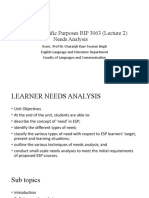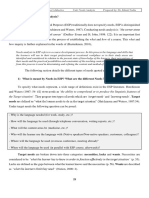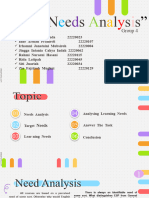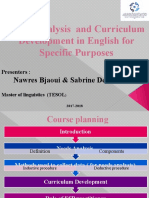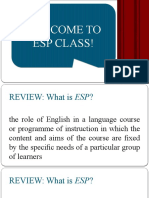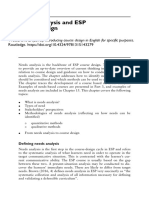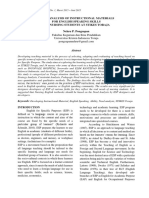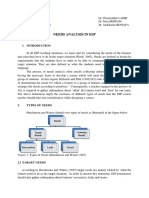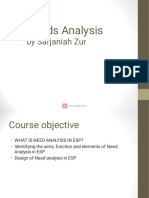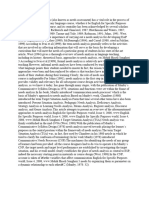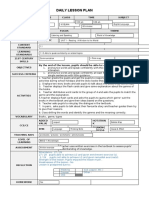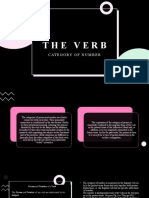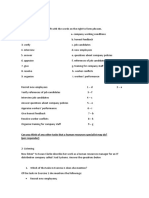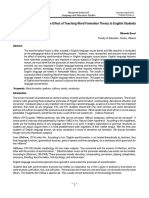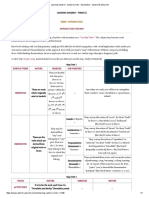0% found this document useful (0 votes)
49 views13 pagesNeed Analysis in Esp
The document discusses the importance of needs analysis in English for Specific Purposes (ESP) and English for Academic Purposes (EAP), emphasizing its role in course design. It outlines various components of needs analysis, including Target Situation Analysis (TSA) and frameworks for analyzing learners' needs, motivations, and contexts. The document highlights the necessity of understanding both the learners and the specific language requirements of their target situations to effectively tailor language instruction.
Uploaded by
pbi.ftkCopyright
© © All Rights Reserved
We take content rights seriously. If you suspect this is your content, claim it here.
Available Formats
Download as PDF, TXT or read online on Scribd
0% found this document useful (0 votes)
49 views13 pagesNeed Analysis in Esp
The document discusses the importance of needs analysis in English for Specific Purposes (ESP) and English for Academic Purposes (EAP), emphasizing its role in course design. It outlines various components of needs analysis, including Target Situation Analysis (TSA) and frameworks for analyzing learners' needs, motivations, and contexts. The document highlights the necessity of understanding both the learners and the specific language requirements of their target situations to effectively tailor language instruction.
Uploaded by
pbi.ftkCopyright
© © All Rights Reserved
We take content rights seriously. If you suspect this is your content, claim it here.
Available Formats
Download as PDF, TXT or read online on Scribd
/ 13



